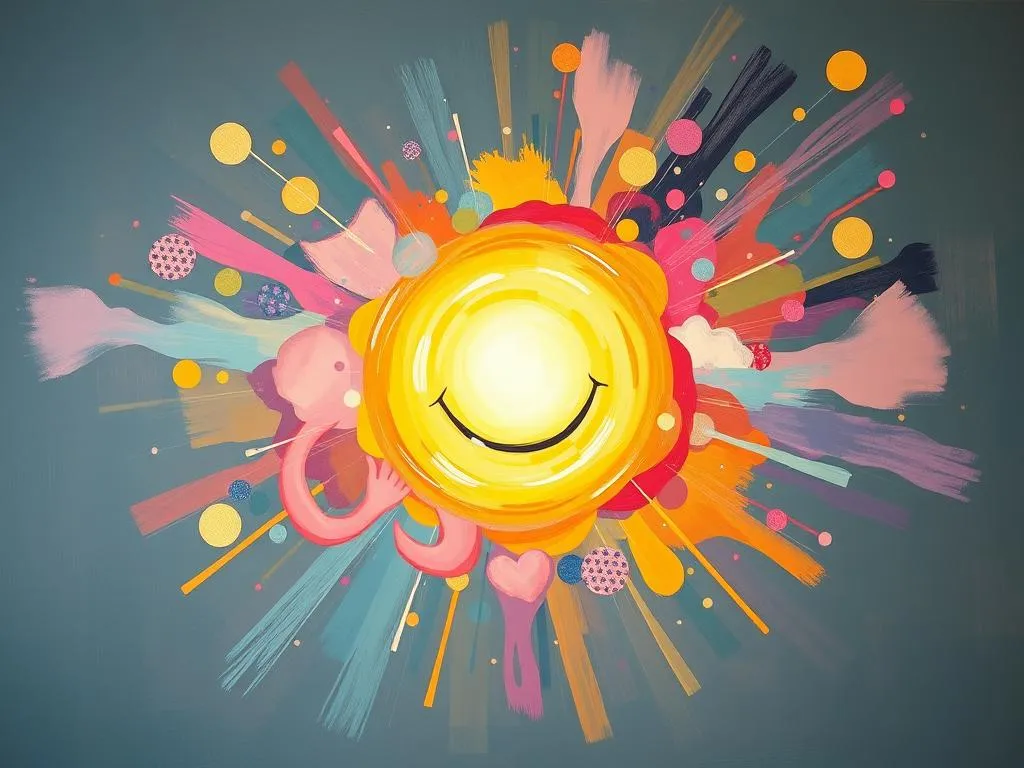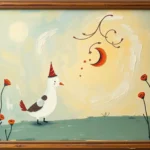
Introduction
Dreams have fascinated humanity for centuries, offering a glimpse into our subconscious minds and revealing hidden emotions, fears, and desires. The practice of dream interpretation delves into the significance of these nighttime narratives, allowing individuals to uncover the underlying messages that their dreams convey. This exploration is essential, as dreams often reflect our waking life and can serve as a source of guidance and self-discovery. Among the myriad of symbols that populate our dreams, the concept of another function stands out, signifying deeper meanings and alternate interpretations. Understanding these symbols and their potential implications can provide profound insights into our daily lives and inner psyche.
Symbolism and Meaning
When examining the idea of another function in dreams, we encounter a rich tapestry of symbols. Each symbol acts as a conduit through which our subconscious communicates. For instance, the symbol of a door often represents transitions or new beginnings. However, if the door is locked or stuck, it might indicate feelings of being trapped or hindered in some aspect of life. This duality highlights how the same symbol can carry multiple meanings depending on the context of the dream.
Another compelling symbol is water, which is frequently associated with emotions. Calm water may signify tranquility and emotional stability, while turbulent water can reflect inner turmoil or unresolved feelings. When dreams portray water in various forms—such as a serene lake versus a raging storm—it suggests that the dreamer is experiencing different emotional states or challenges.
Animals also play a pivotal role in dream symbolism. For instance, a wolf may represent instinct, intelligence, or the need for independence. However, if the wolf appears aggressive or threatening, it might symbolize repressed fears or the presence of danger in the dreamer’s life. The context in which these animals appear often alters their interpretation, emphasizing the need for careful consideration of the overall dream scenario.
Furthermore, the notion of flight is commonly associated with freedom and liberation. However, if the dreamer struggles to take off or feels weighed down, it may indicate feelings of inadequacy or obstacles that are preventing them from achieving their full potential. This juxtaposition reinforces the idea that dream symbols often possess multifaceted meanings, urging individuals to explore both the surface and deeper implications.
In summary, the symbolism present within dreams containing the concept of another function reveals how various images and themes can shift in meaning based on context, emotions, and personal experiences. Recognizing these layers allows dreamers to glean insights into their emotional landscapes and navigate their waking lives more effectively.
Key Scenarios and Variations
Dreams are inherently personal, and the scenario in which symbols manifest can significantly influence their interpretation. For example, a dream featuring flying can vary immensely depending on the circumstances surrounding the flight. A dream in which one soars freely above the clouds may evoke feelings of empowerment and liberation. In contrast, a dream where one struggles to gain altitude or is chased while flying may indicate anxiety or an inability to escape troubling situations.
Another variation can be seen in dreams involving vehicles. A dreamer driving a car might symbolize control over one’s life direction, while being a passenger may suggest a lack of agency or feeling at the mercy of circumstances. If the vehicle malfunctions or crashes, it could signify a detour in life or an unexpected challenge that needs to be addressed.
Consider also the scenario of being late in a dream. This is a common theme that can represent anxiety about time management or the fear of missing opportunities. However, if the dreamer arrives just in time for an important event, it may signify resilience and the ability to overcome obstacles, transforming a potentially negative scenario into a positive outcome.
In exploring the concept of another function, scenarios where relationships take center stage can also provide varied interpretations. A dream about reuniting with an old friend may symbolize nostalgia and unresolved feelings from the past. Conversely, a dream where one is betrayed by a close friend can reflect fears of inadequacy or trust issues in waking life. The nuances of these scenarios highlight the importance of context, as the emotional tone and specific details can drastically alter the message being conveyed.
The essence of dream interpretation lies in recognizing these variations and understanding how each scenario resonates with the dreamer’s personal experiences. By reflecting on the specific details and emotional responses elicited in the dream, individuals can uncover profound insights into their waking lives.
Real-Life Connections and Takeaways
Connecting the themes presented in dreams to real-life situations can be a transformative experience. The insights gained from dream interpretation serve not only as a reflection of one’s internal state but also as a guide for personal growth and self-awareness. One practical approach is to keep a dream journal, where individuals can record their dreams upon waking. This practice fosters a deeper engagement with the symbols and scenarios that arise, allowing for a more comprehensive analysis over time.
As readers reflect on their own dreams involving the concept of another function, it is essential to consider how these dreams relate to their current life circumstances. Are there areas of life where they feel stuck or constrained? Do they grapple with conflicting emotions or unresolved issues? By identifying these connections, individuals can take proactive steps towards addressing their concerns in waking life.
For example, if a dreamer frequently experiences dreams of being chased, it may signal that they are avoiding certain responsibilities or emotions. Recognizing this pattern can encourage them to confront these issues head-on, leading to personal growth and greater emotional clarity. Similarly, a recurring dream about flying can serve as a reminder to pursue one’s passions and aspirations without fear of failure.
Moreover, engaging in self-reflection after experiencing dreams can yield valuable insights. Asking oneself thought-provoking questions, such as “What emotions did I feel during this dream?” or “How does this dream relate to my current life situation?” can facilitate a deeper understanding of the messages being communicated. This reflective practice encourages individuals to embrace their dreams as powerful tools for self-discovery, rather than mere nighttime fantasies.
Furthermore, incorporating mindfulness and meditation can enhance the dream interpretation process. By cultivating a calm and open mindset, individuals can better attune themselves to their subconscious thoughts and feelings. This heightened awareness can lead to richer interpretations and a more profound connection to their dreams.
In conclusion, the concept of another function within dreams serves as a reminder that our subconscious minds are continuously working to communicate with us. By engaging with the symbols and scenarios present in our dreams, we can unlock hidden messages that shed light on our waking lives. The journey of dream interpretation is not only an exploration of our internal landscapes but also an opportunity for personal transformation and growth. As readers reflect on their dreams, they are encouraged to embrace this process with curiosity and openness, allowing their dreams to guide them on their path toward self-discovery and fulfillment.







